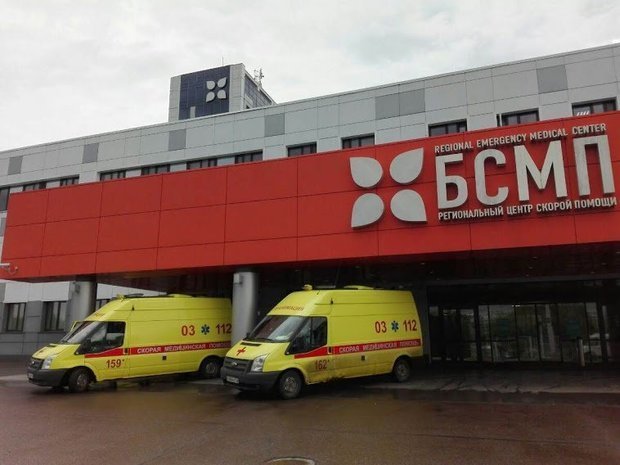Tatarstan citizens do not reach a doctor 5 million times due to pandemic
The number of visits to polyclinics in the republic fell so record-breaking in the last covid year
Last year, the residents of Tatarstan were almost 5 million times less likely to get a doctor's appointment — this is how the number of visits to polyclinics collapsed. Doctors were focused on the fight against the coronavirus pandemic, as a result, the provision of planned medical care was seriously affected. Moreover, it is this circumstance, and not the terrible virus itself, that experts consider one of the main reasons for the increased mortality of the population. Read more about this and other health resources in dynamics in the material of Realnoe Vremya.
Not everyone reached a doctor
We all remember the hardships of the pandemic year with the introduction of universal self-isolation and other coronavirus restrictions, as a result of which our lives and the work of medical institutions have completely changed. In lockdown conditions and later attempts to get to a doctor's appointment turned into a difficult test, as a result, many simply did not reach them. For example, the number of Tatarstan citizens' visits to polyclinics in 2020 fell unprecedently for the first time on — to 25,3 million visits (-4,7 million). Although this figure is kept at the level of 30 million visits a year.
“During the pandemic, scheduled visits and medical examinations were suspended. At the same time, the provision of emergency medical care was carried out in full," the ministry of healthcare of Tatarstan commented.
The chairman of the public council under the ministry of healthcare of the Republic of Tatarstan, Chingiz Makhmutov, gave another reason, he believes that many “were afraid to go to the polyclinic, so as not to get infected with Covid-19". The pandemic worsened the situation with planned operations, there was a decrease in the volume of medical examinations, preventive work in primary care.
“People did not receive planned care, they were in a confined space”
The president of Tatarstan also drew attention to the problem. Shortly after the republic's exit from lockdown, Rustam Minnikhanov instructed to promptly resume planned medical care. At the end of 2020, when asked about the increased mortality rate at a press conference, he explained that the healthcare system had to be reoriented to help patients with coronavirus:
“If we take mortality, we analysed not from Covid-19, but from other diseases. Those who are over 80 — that's the number [of deaths] has increased. People could not receive planned assistance, they were in a closed space," said Rustam Minnikhanov.
The number of patients treated in day hospitals also decreased (by 65 thousand or 26,4%) to the lowest level in 5 years. For example, if in 2019, this type of medical care was received by 246 thousand patients, then in 2020 — only 181 thousand people.
Chief extraordinary specialist of the ministry of healthcare of the Republic of Tatarstan on Infectious Diseases Khalit Khaertynov also noted that during the rise in the incidence of COVID-19 the availability of medical care decreased. Many multidisciplinary hospitals were transferred to temporary infectious diseases hospitals, under quarantine, he reminded:

The epidemic situation also affected the number of planned hospital patients. In 2020, they were reduced by 12% — 624,000 people. On average, 706,000 people were treated in Tatarstan clinics every year. But the number of emergency medical calls remained virtually unchanged (-0,3%).

Medical facilities become fewer
In 2020, according to the reporting data, there became by one less hospital in the republic. As explained in the ministry of healthcare of the Republic of Tatarstan — only formally. The thing is that the Spasskaya Central District Hospital became a branch of the Republican Clinical Hospital, and now there are 70 hospitals in Tatarstan.
The number of paramedic-midwifery stations also decreased by six units — to 1,710. But this trend has been observed over the past five years: since 2016, there have been 44 fewer medical and obstetrical stations.
The number of round-the-clock hospital beds increased by 372 units last year to 21,513. However, this does not compare to the figures of nine years ago: in 2012, there were almost 26,000 of them.
In Tatarstan, the number of doctors increased by 219 people that year, and now there are 12,587 of them. The increase is noticeable — 897 people over 5 years. But there were 73 fewer general practitioners (436 in total). At the same time, the number of district therapists, on the contrary, increased by 42 employees, to 874 people, and district pediatricians — by 29 doctors, to 839 people.